I recently wrote a post on what my favorite lenses for shooting portraits are, so I thought I might expand on that a little and discuss my favorite apertures.
Obviously, everyone is different and has different tastes and requirements. Even on a single photoshoot, I will use different apertures for different reasons.
The closeup
I cannot deny I love a wide-open aperture for a close-up. I really like have the eye in sharp focus and the rest of the face and hair falling off into blur. I love a soft creamy bokeh and prefer to catch that in-camera. So I will generally shoot between f/1.8–f/2.8.
.mgl-tiles { display: none; } #mgl-gallery-634ee84e52f8b { margin: -5px; width: calc(100% + 10px); } #mgl-gallery-634ee84e52f8b .mgl-box { padding: 5px; } @media screen and (max-width: 768px) { #mgl-gallery-634ee84e52f8b { margin: -5px; width: calc(100% + 10px); } #mgl-gallery-634ee84e52f8b .mgl-box { padding: 5px; } } @media screen and (max-width: 460px) { #mgl-gallery-634ee84e52f8b { margin: -5px; width: calc(100% + 10px); } #mgl-gallery-634ee84e52f8b .mgl-box { padding: 5px; } }
f/2.0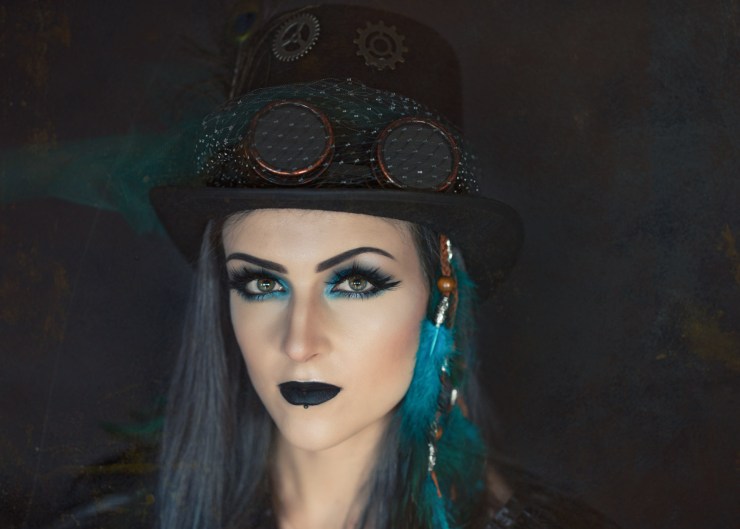
f/2.2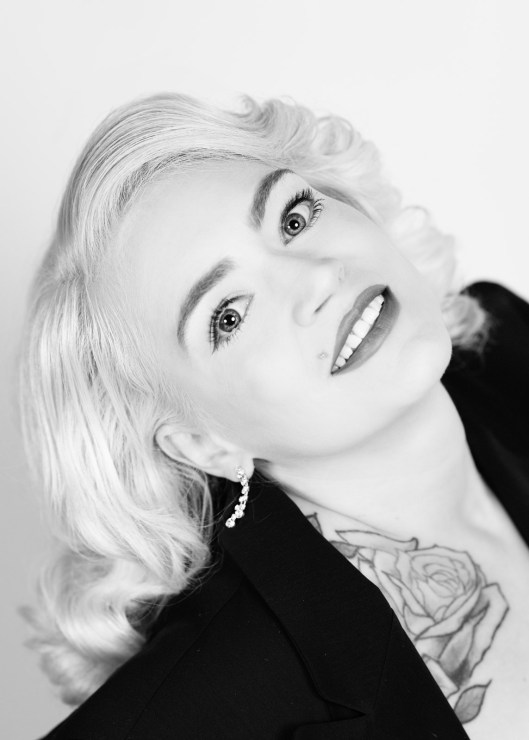
f/2.8
Mid-range
Pulling back out a little, I still usually like to have some blur. Here, I often shoot wide-open from f/1.8–f/2.8 as well.
However, this is where I find I might close down my aperture, and frequently shoot at f/4.0–f/5.6.
.mgl-tiles { display: none; } #mgl-gallery-634ee84e54195 { margin: -5px; width: calc(100% + 10px); } #mgl-gallery-634ee84e54195 .mgl-box { padding: 5px; } @media screen and (max-width: 768px) { #mgl-gallery-634ee84e54195 { margin: -5px; width: calc(100% + 10px); } #mgl-gallery-634ee84e54195 .mgl-box { padding: 5px; } } @media screen and (max-width: 460px) { #mgl-gallery-634ee84e54195 { margin: -5px; width: calc(100% + 10px); } #mgl-gallery-634ee84e54195 .mgl-box { padding: 5px; } }
f/1.8
f/1.8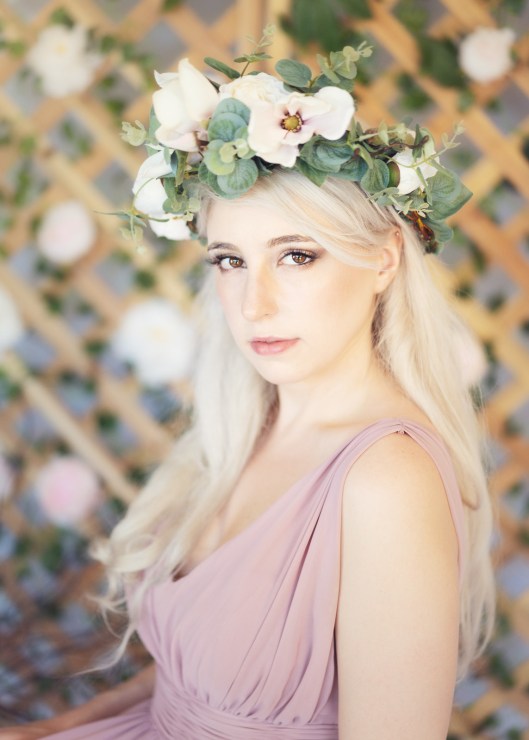
f/2.2
Full length
When I am shooting full length body shots, I generally like a aperture that gives me a bit of wiggle room. Using a small depth of field on a full body shot sometimes means that not all the face is in focus. So when it comes to this, I prefer to use f/4.0 up to f/7.1.
.mgl-tiles { display: none; } #mgl-gallery-634ee84e54e70 { margin: -5px; width: calc(100% + 10px); } #mgl-gallery-634ee84e54e70 .mgl-box { padding: 5px; } @media screen and (max-width: 768px) { #mgl-gallery-634ee84e54e70 { margin: -5px; width: calc(100% + 10px); } #mgl-gallery-634ee84e54e70 .mgl-box { padding: 5px; } } @media screen and (max-width: 460px) { #mgl-gallery-634ee84e54e70 { margin: -5px; width: calc(100% + 10px); } #mgl-gallery-634ee84e54e70 .mgl-box { padding: 5px; } }
f/4.0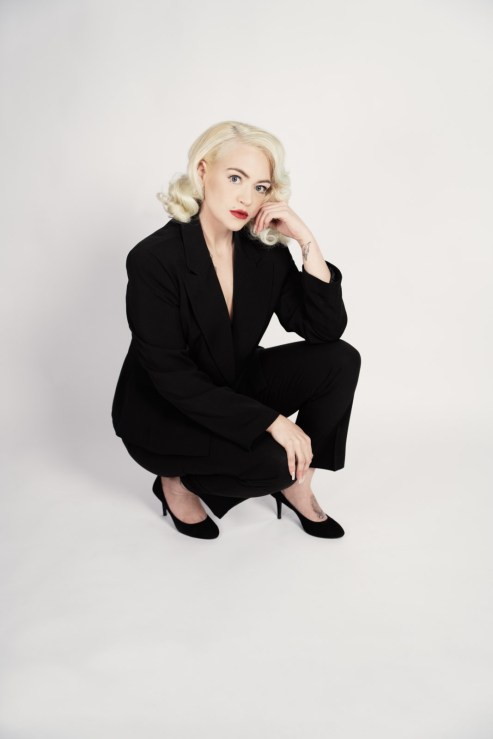
f/4.0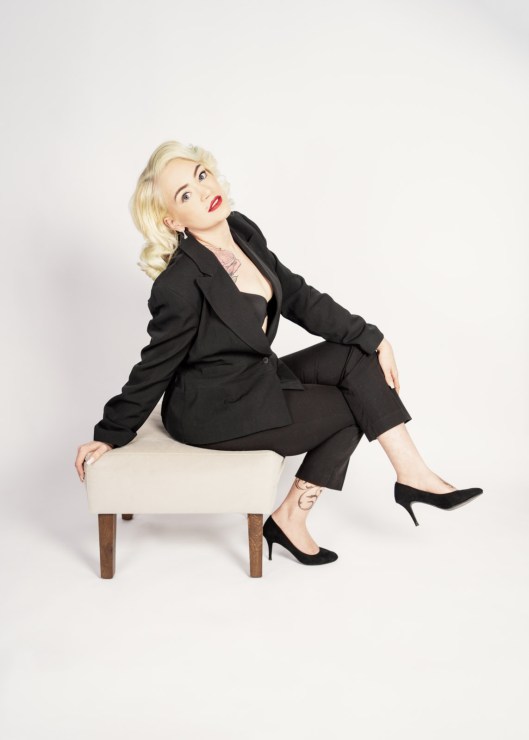
f/4.0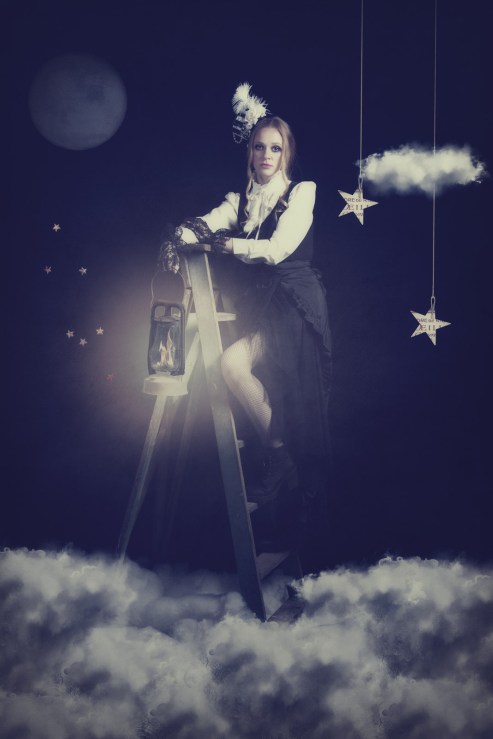
f/4.5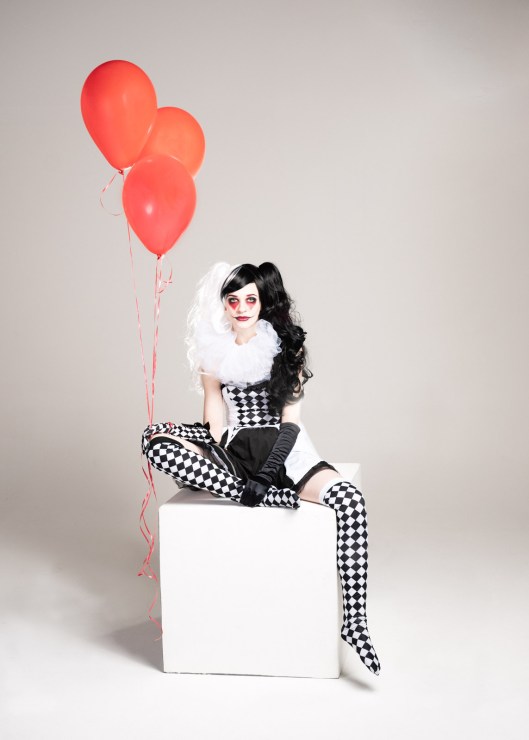
Multiple people
I tend to work a lot with a single person in my images. But when I do have two or more people, say a couple or family photo, then I really do go to an aperture with a larger depth of field. It helps in nailing the focus, but also getting more in shot.
If you photograph a couple at f/1.8, one person will be in focus, while the other is not (unless they are on the exact same focal distance). So to make sure everyone in the shot is in focus, I will use a minimum aperture of f/4.5. But depending on the scene, lighting and number of people, I’ll usually go up to f/7.1–f/11. I once did a wedding and the group shot was at f/22! This is also helpful if you are shooting further away as well.
.mgl-tiles { display: none; } #mgl-gallery-634ee84e55df1 { margin: -5px; width: calc(100% + 10px); } #mgl-gallery-634ee84e55df1 .mgl-box { padding: 5px; } @media screen and (max-width: 768px) { #mgl-gallery-634ee84e55df1 { margin: -5px; width: calc(100% + 10px); } #mgl-gallery-634ee84e55df1 .mgl-box { padding: 5px; } } @media screen and (max-width: 460px) { #mgl-gallery-634ee84e55df1 { margin: -5px; width: calc(100% + 10px); } #mgl-gallery-634ee84e55df1 .mgl-box { padding: 5px; } }
f/5.6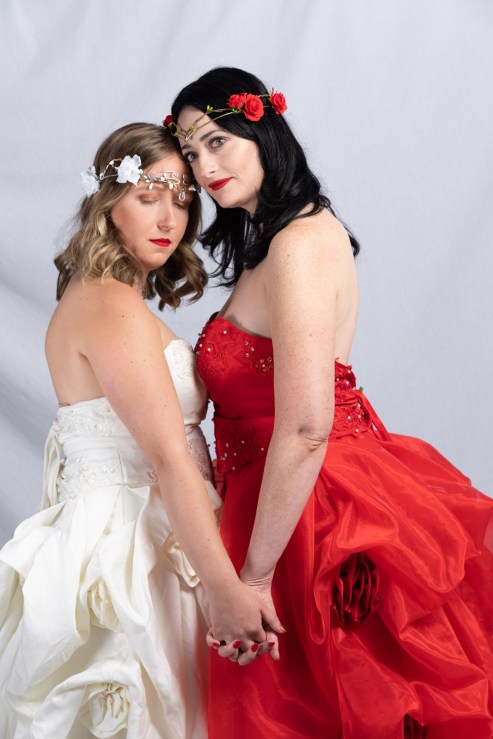
f/7.1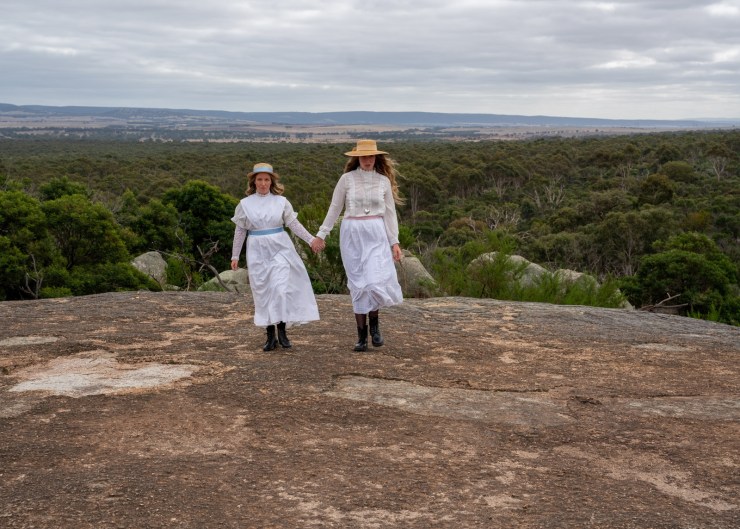
f/7.1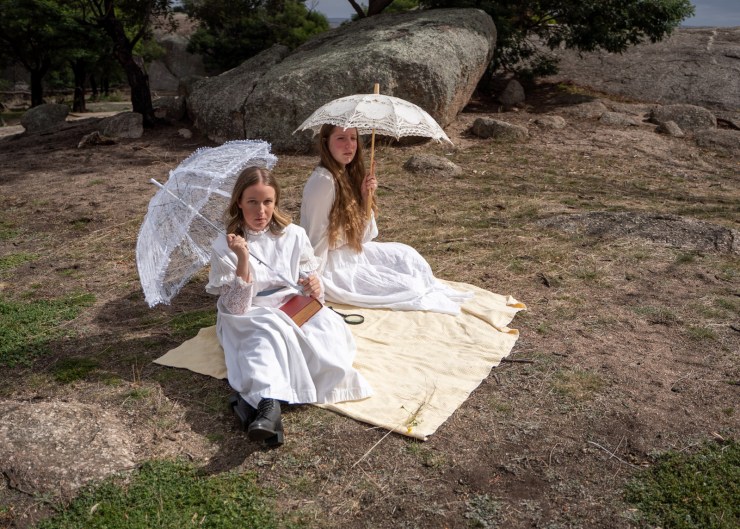
Focus point
So where should you set your focus point? Regardless of the camera, the lens or the aperture, always use the eyes as your point of focus in a portrait.
A rule of thumb if the face is not straight on, is to the use the eye that is closest to the camera and move your focus point to that eye.
Metering … well that really depends on what you are shooting, your lighting, etc. I personally still like a spot metering and meter on my subject’s face.
.mgl-tiles { display: none; } #mgl-gallery-634ee84e56a7f { margin: -5px; width: calc(100% + 10px); } #mgl-gallery-634ee84e56a7f .mgl-box { padding: 5px; } @media screen and (max-width: 768px) { #mgl-gallery-634ee84e56a7f { margin: -5px; width: calc(100% + 10px); } #mgl-gallery-634ee84e56a7f .mgl-box { padding: 5px; } } @media screen and (max-width: 460px) { #mgl-gallery-634ee84e56a7f { margin: -5px; width: calc(100% + 10px); } #mgl-gallery-634ee84e56a7f .mgl-box { padding: 5px; } }
f/1.6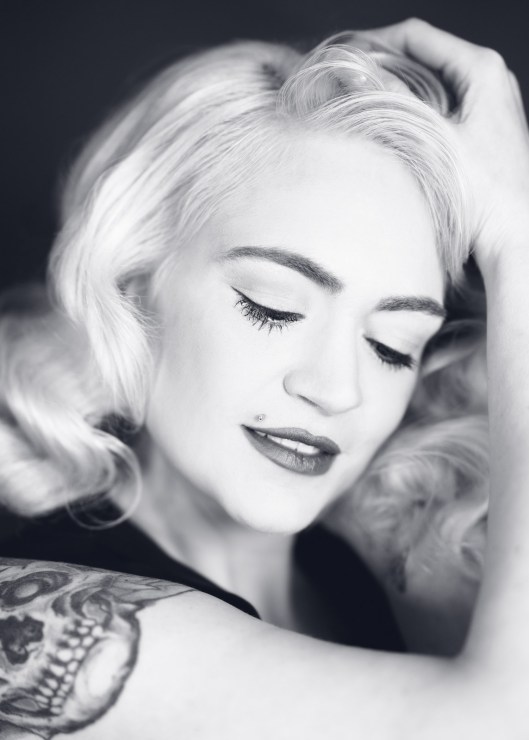
f/2.2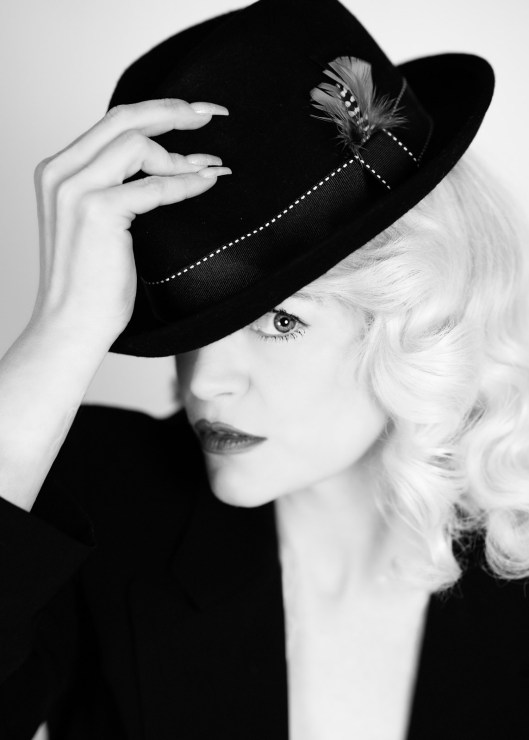
f/2.2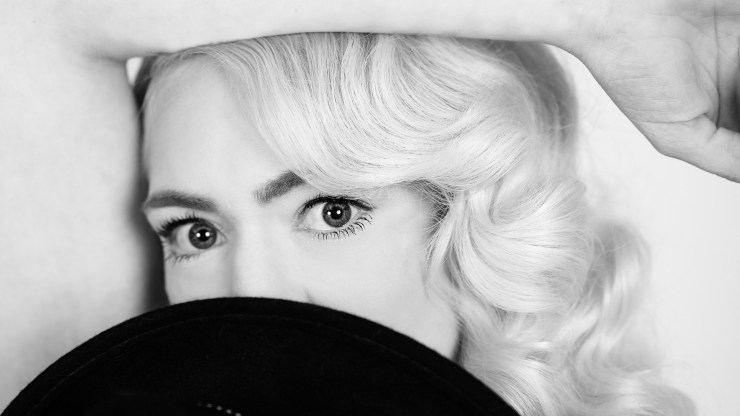
Camera mode
This is open to debate, and again everyone is different. Personally, I like to shoot in a studio with a controlled environment, lights, etc. I prefer to shoot in Aperture Priority mode, where I set my aperture and the camera figures out the rest.
If things are getting a little tricky, then I will switch over to manual and set everything myself. If you are not getting the results you are after in Aperture Priority mode, then switching to Manual is a good way to go.
Not confident in Manual mode? Try it on Auto mode and see what settings your camera suggests. Then switch to Manual mode and use the same settings. From there you can adjust shutter speed, ISO and aperture to see varying different results. It’s a great way to learn.
Model credits: Jess Lartner, Jesi Faun, Alexia Frost, Emily Reinhard, Nicola Paige, Andrea Gardiner, Lisa Wilmore
Tell your story with the second annual Visual Storytelling Conference!
Experience four days of interactive, online training sessions featuring a range of educational content with experienced photographers and content creators. This free event kicks off with a series of technical boot camps to build essential skills, followed by live, online sessions on photography, video, business and social media. Join live from March 10-13, 2022!
